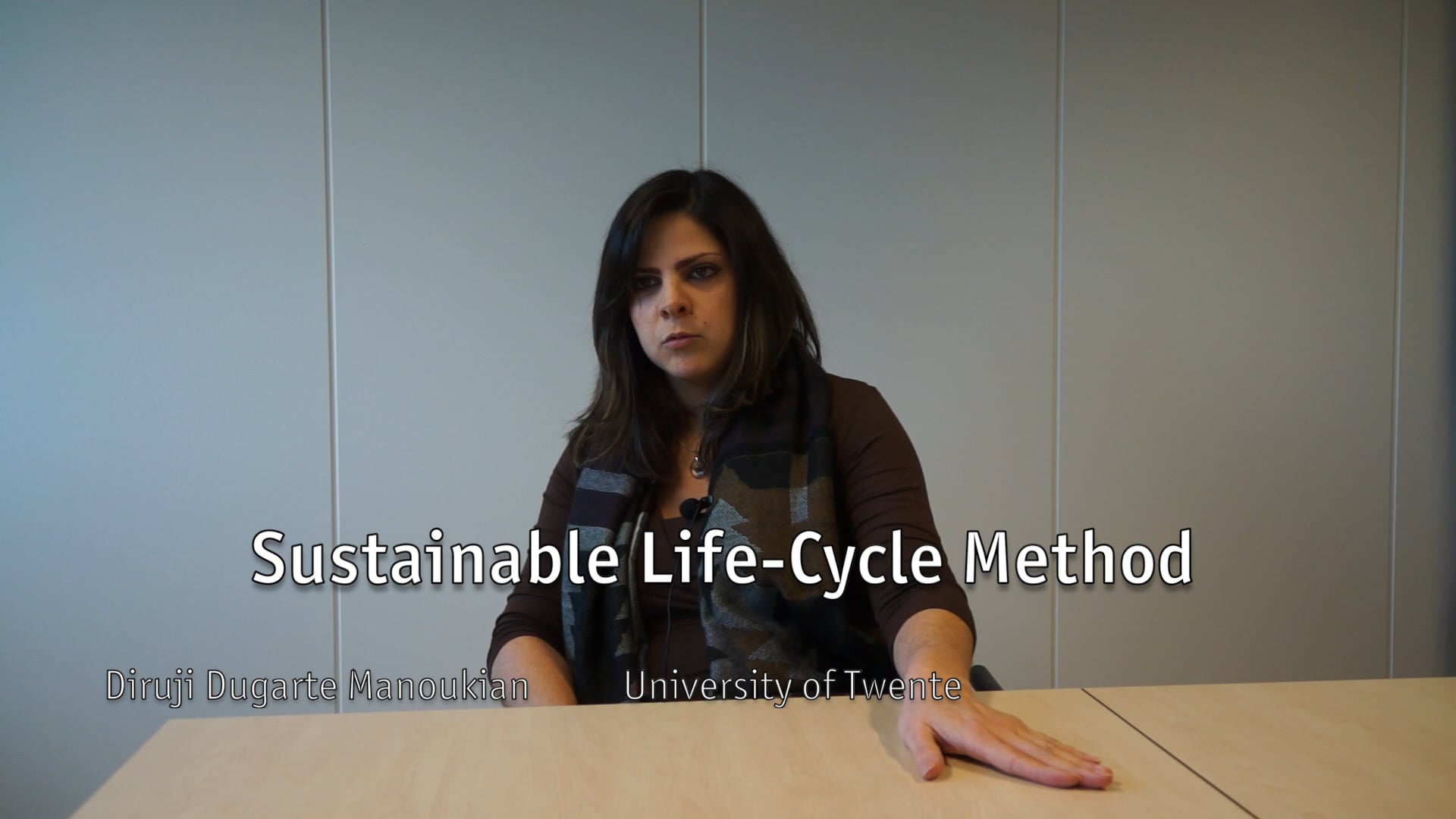The existing infrastructure of a significant number of business parks in the Netherlands and beyond is deteriorated. It is therefore not surprising that many municipalities are stuck with areas that are no longer attractive for businesses and that are more and more vacated. All across the Netherlands large efforts are undertaken to revitalize the infrastructure of business parks.
One important aspect during such revitalization efforts is the need to understand the life-cycle costs of the new infrastructure system. Despite this importance much of the current focus of municipal planners lies on understanding the first cost of a revitalization, while little understanding prevails over the financial and ecological effects of a new infrastructure system in the long run, gaining such an understanding is important, however, as, independent of the success of a system, municipalities have to guarantee the sound functioning of an area’s infrastructure even in the case that only a few companies are occupying a specific area.
To support municipalities, the goal of this PDEng project is it to develop a Life Cycle Cost Analysis (LCCA) Tool to support municipal planners with gaining a better understanding of the life-cycle costs of a business park. More specifically, the project will focus on the harbors at the Twente Channel, which will start being managed by a new consortium in an integrated way in the near future.
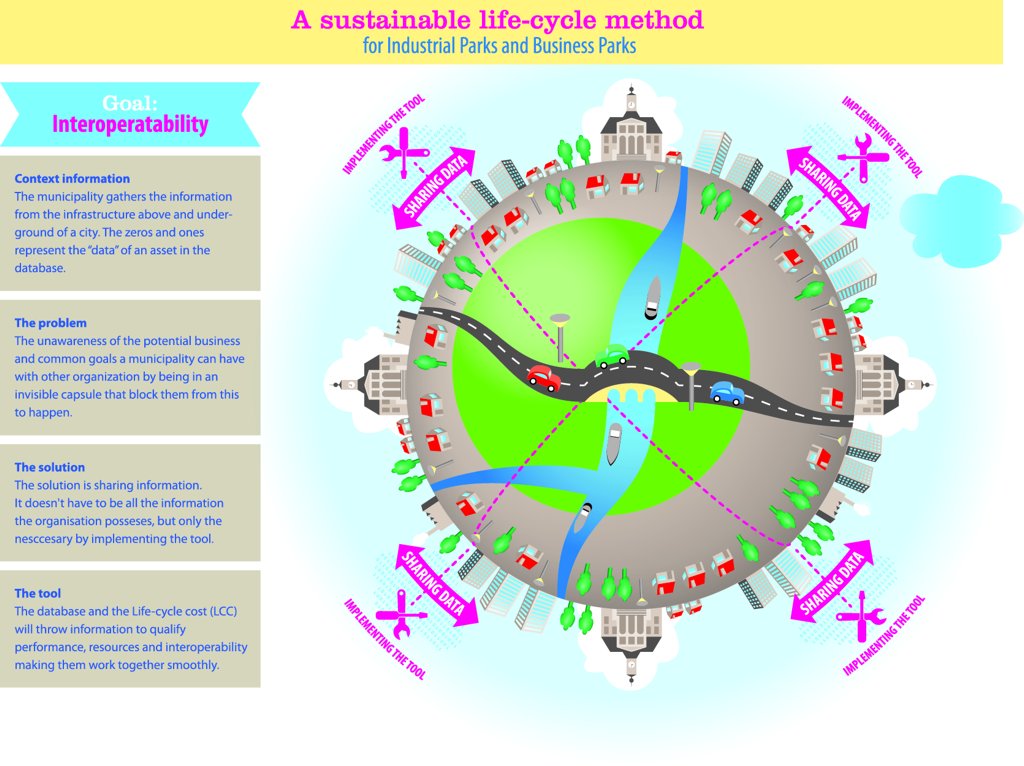
The Company Context
The harbors from the municipalities Hengelo, Almelo, Enschede, Hof van Twente and Lochem form one of the biggest inland harbors in the Netherlands. This inland harbors are an important component in the region as ‘logistic centrum’ in Northwest Europe.
To achieve the desire to increase the water transport in the region, seems to be necessary to professionalize the management of the harbors at the Twente canal. Therefore, these five municipalities have expressed the desire to unify in a centralized management method of the physical and nautical tasks.
In January 2014 the five municipalities have approved a development plan, which was to lead to the establishment of a cooperative in the short term. The requirements of the development plan are:
- A cooperation based on a feasible management model,
- A central coordination and management of the basic tasks and accountable to the port managers,
- The uniformity / harmonization of some basic tasks and regulations and,
- To perform centrally the basic tasks.
Based on the above mention points, the Gemeenschappelijk Havenbeheer Twentekanalen (GHT) was created. This company has the responsibility, among others, to manage the infrastructure of the Twente canal. The first steps of the GHT are:
- To setting up the organization,
- To design and implement the basic tasks and,
- To develop the cooperation towards a more independent company.
The mission of the GHT is:
“Through an effective and efficient development of its basic tasks, in a professional and sustainable method, facilitate an optimum accessibility, quality of life and reliability of the inland harbors and the water-related businesses along the Twente Canal”
All across the Netherlands large efforts are undertaken to revitalize the infrastructure of business parks.
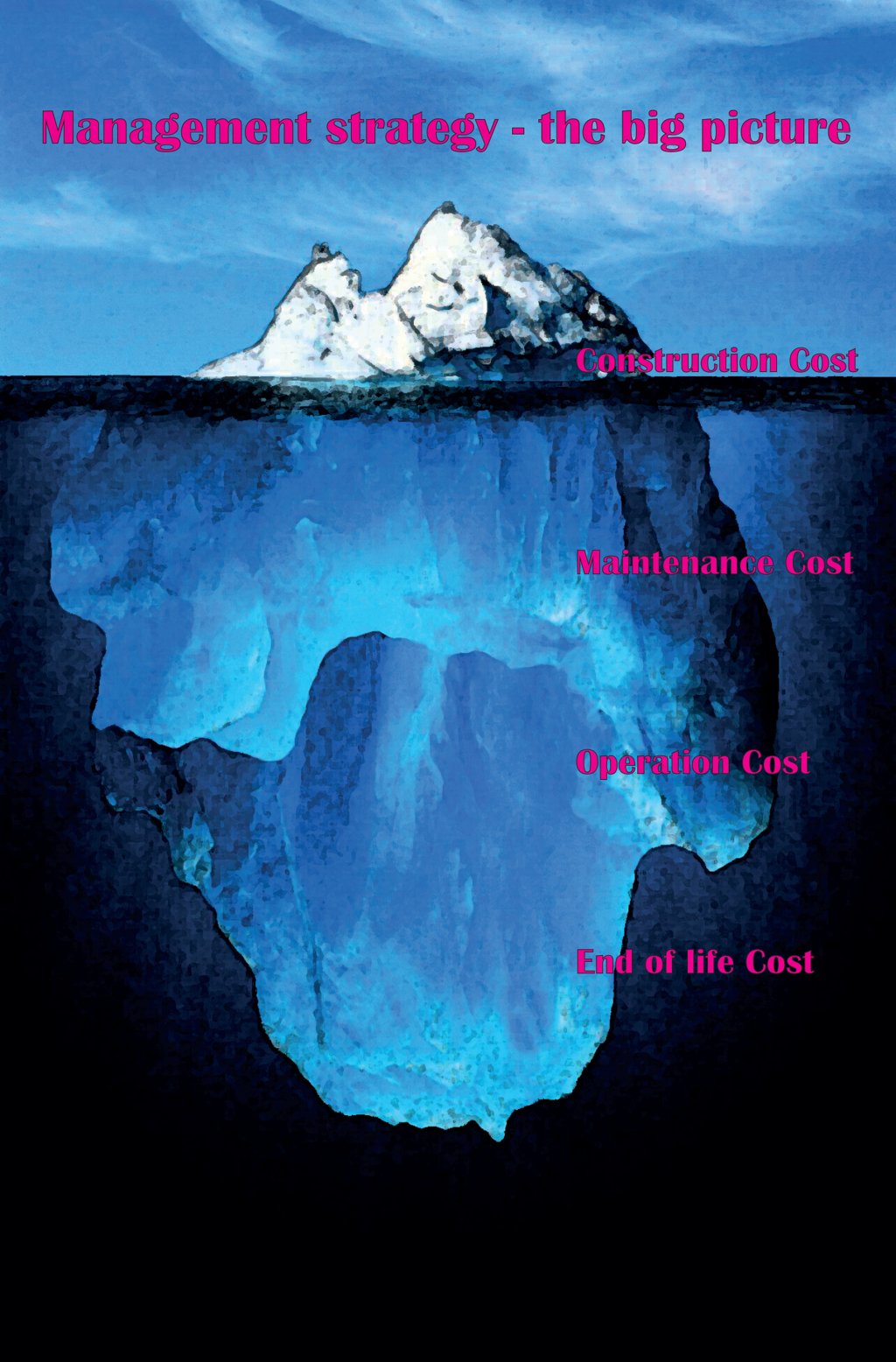
Amongst others, the GHT is responsible for managing the physical asset and creating the strategic future plans of the channel. From the physical assets point of view, this means that the harbors must be equipped and maintain according to the accessibility and safety required by the users. Therefore, the GHT should ensure the well-maintenance of the quays, quay walls and the soil (bottom) of the harbors. From the strategic point of view, GHT is responsible for the establishment of long-term visions as well as the establishing and monitoring a central budget and accounts.
Under the coordination and management of theport manager are the multi-year programs drawn up. The objective is to ensure proper coordination, timely maintenance of embankments, quay walls and harbor bottoms to ensure effective and efficient implementation of the maintenance and management tasks.
Being GHT a just conformed company, it is essential for them to establish an operational system. Therefore, in order to fulfill their tasks and responsibilities it is important to equip the company with a unified system that manages and controls the ownership and asset maintenance of its different components.
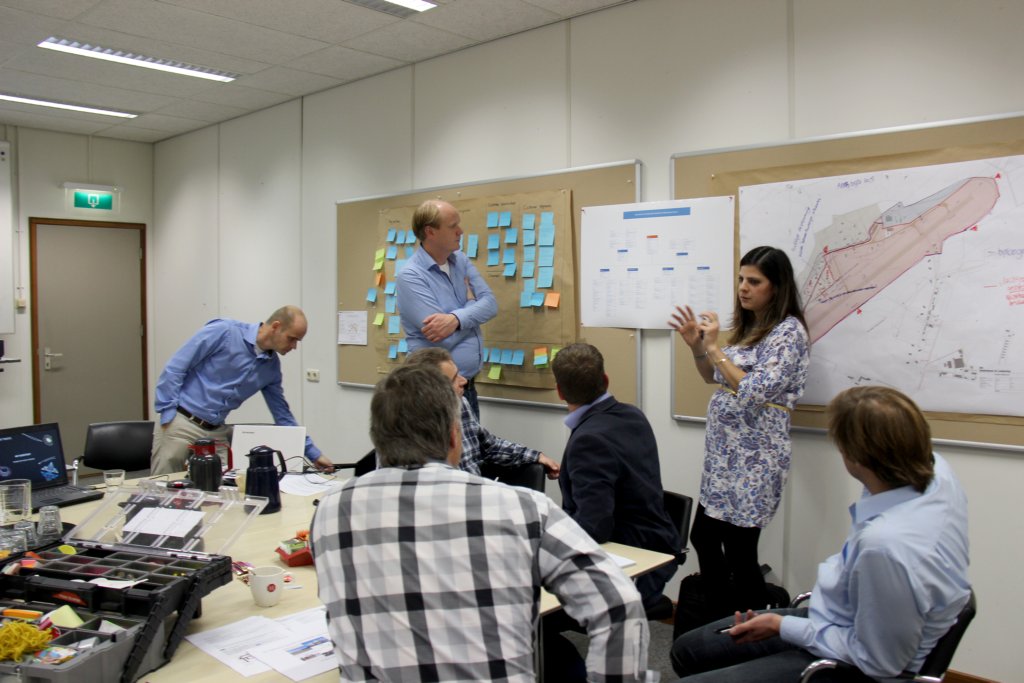
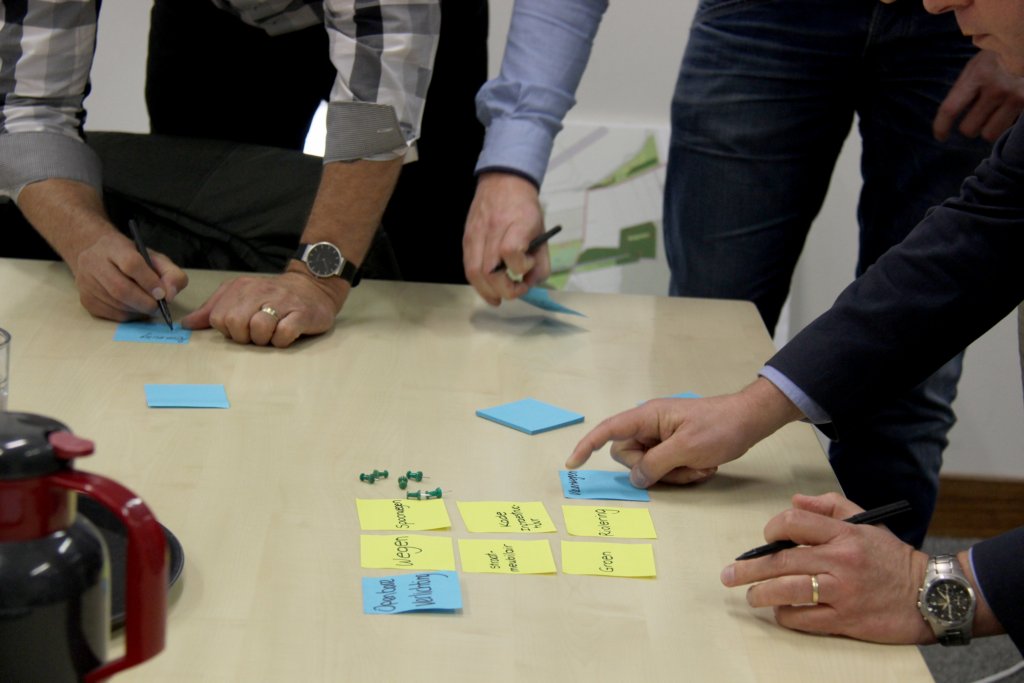
The PDEng Project
Maintenance in the harbor area is currently done only if an emergency presents itself, meaning it has very short term planning horizons. Given the scarcity of economic resources to be invested in the required processes of maintenance, the tasks of allocating and using the resources by asset managers is a real challenge. The short term operational strategy means that the resources have to be available at the moment they are needed. To be able to react quickly to such scenarios, the asset manager need to have at hand the right and current information about ownership, assets present, their conditions and their capacities. However, their current systems do not support the asset manager in obtaining this information efficiently nor consistently, as asset data is not interconnected nor standardized for the whole Twente Channel.
Therefore, the general objective of this project is to create a LCCA Tool to support GHT in deciding on how to allocate efficiently and effectively resources for managing the harbors infrastructure.
The LCCA Tool that is being developed in this project allows planners to determine the sensitivity that asset management variables (e.g. preventive maintenance intervals) have on the costs of those asset such that they are supported in designing appropriate resource allocation strategies. Furthermore, it also enables planners in calculating the cost implications of different long and short term scenarios, and by doing so, determine the most efficient way to allocate resources. As Figure 1 shows, the tool integrates a database, a LCCA method and a decision-making engine based on the asset management requirements of GHT. The database allows incorporating a proper classification of the assets, and in combination with the LCCA method, it allows overlapping the life-cycle cost of each one of the assets at harbor. This allows asset managers to obtain tailored information for making construction and acquisition decisions, renewal and rehabilitation activities, and replacement and disposals tasks.
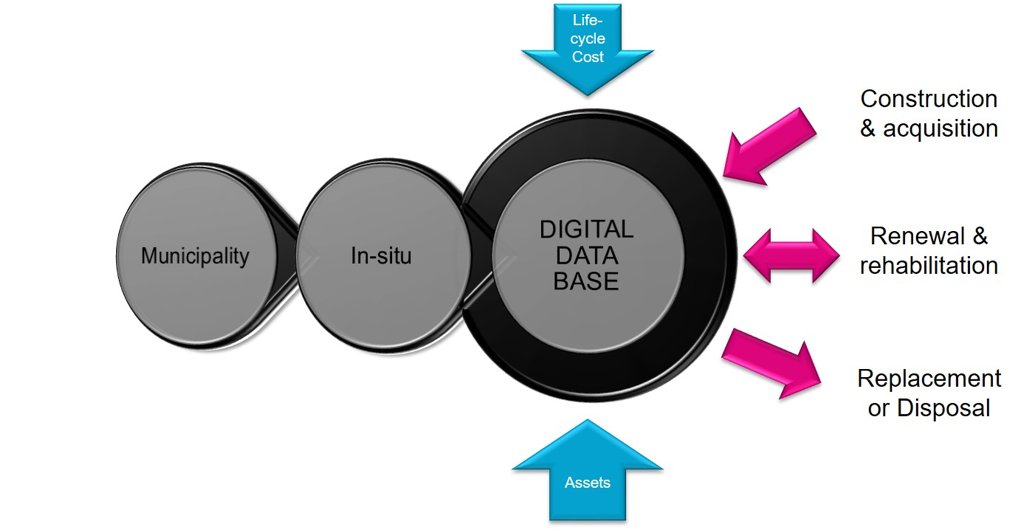
MSc. Diruij Dugarte Manoukian
University of Twente – Construction Management and Engineering
University of Twente
Prof. dr. ir. André Dorée, Prof. Dr. Timo Hartmann, Dr. Irina Stipanovic
Gemeenschappelijk Havenbeheer Twentekanalen




